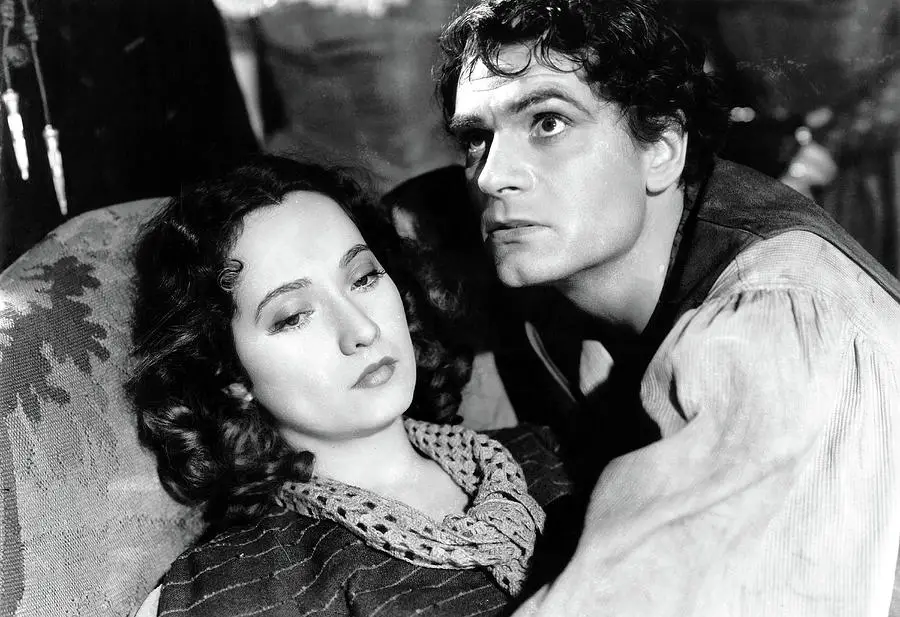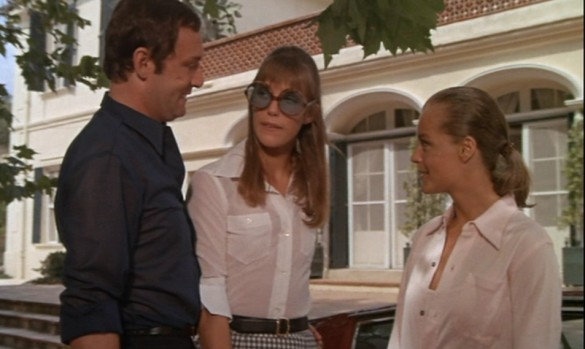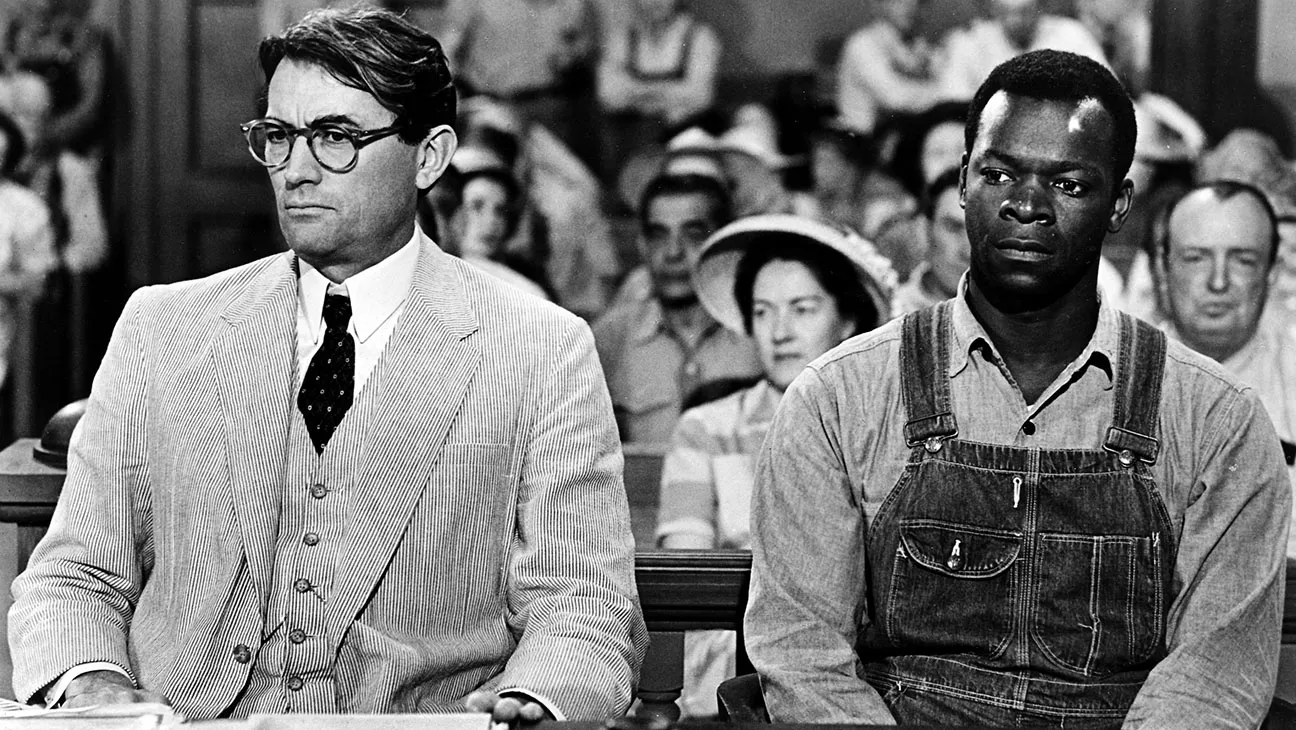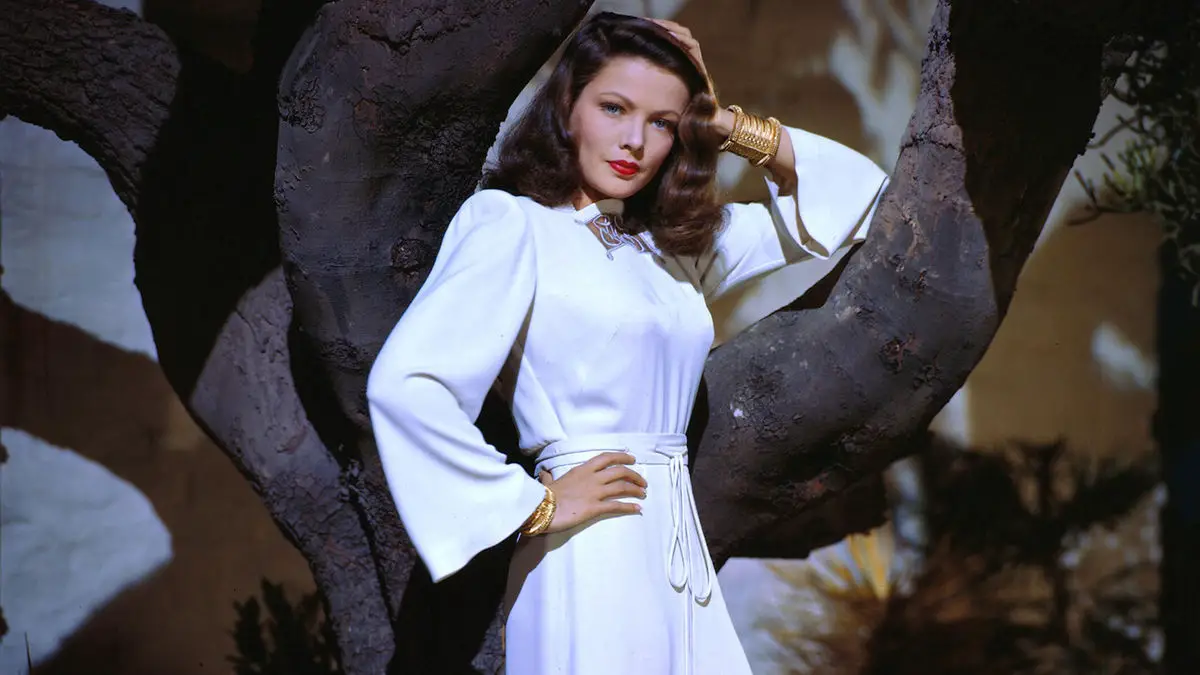In the annals of classic cinema, the 1939 film adaptation of Emily Brontë’s “Wuthering Heights” stands as a shining example of romantic drama and artistic achievement. Directed by William Wyler and produced by Samuel Goldwyn, this film adaptation captivated audiences with its powerful performances, evocative score, and breathtaking cinematography. Let’s delve into the fascinating details of this cinematic gem, including its distinguished cast, memorable scenes, and enduring legacy.

A Dramatic Adaptation
The film adaptation of “Wuthering Heights” is a remarkable piece of cinematic history, notably distinguished by its selective retelling of Emily Brontë’s classic novel. While the novel spans 34 chapters, the film condenses the story to focus on only 16 chapters, omitting the second generation of characters. This streamlined narrative choice was made to fit the film’s runtime and maintain a concentrated focus on the tumultuous relationship between Heathcliff and Catherine Earnshaw.
Adapted for the screen by Charles MacArthur, Ben Hecht, and John Huston (uncredited), the film captures the essence of Brontë’s work while making necessary adjustments for cinematic storytelling. The outdoor scenes, shot in Thousand Oaks, California, particularly at Wildwood Regional Park and the site of California Lutheran University, provide a picturesque backdrop that enhances the film’s romantic and Gothic atmosphere.
Stellar Performances and Creative Achievements
The film features a stellar cast led by Laurence Olivier, who delivers a compelling performance as the brooding Heathcliff. His portrayal of the complex antihero remains iconic, capturing the character’s intense passion and troubled soul. Merle Oberon stars opposite Olivier as the ethereal Catherine Earnshaw, with her performance complementing Olivier’s in a beautifully tragic love story.
The supporting cast includes notable actors such as Flora Robson, Donald Crisp, and Geraldine Fitzgerald, each adding depth and richness to the film’s narrative. Their performances contribute significantly to the film’s emotional impact and dramatic tension.
Cinematic Triumphs
- Awards and Nominations: “Wuthering Heights” was recognized with significant accolades, winning the 1939 New York Film Critics Award for Best Film. It also earned eight Academy Award nominations, including Best Picture, Best Director, and Best Actor for Laurence Olivier. The film’s cinematography, crafted by Gregg Toland, earned the 1940 Academy Award for Best Cinematography, Black-and-White, thanks to its innovative techniques and striking visuals.
- Musical Score: The film’s original score, composed by Alfred Newman, was nominated for an Academy Award, although it lost to “The Wizard of Oz.” Newman’s poignant “Cathy’s Theme” has since become a defining element of the film, enhancing its emotional depth and romantic allure.
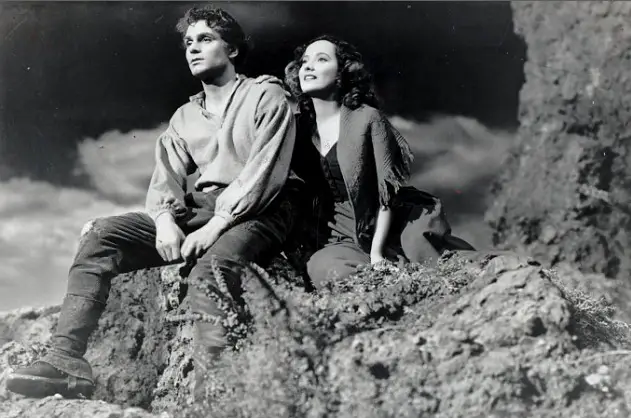
Preservation and Legacy
In recognition of its cultural, historical, and aesthetic significance, “Wuthering Heights” was selected for preservation in the United States National Film Registry by the Library of Congress in 2007. This honor underscores the film’s enduring impact and its status as a masterpiece of romantic filmmaking.
The film’s ability to captivate audiences through its dramatic narrative, unforgettable performances, and evocative score has solidified its place in cinematic history. As one of the defining adaptations of Brontë’s classic novel, it continues to be celebrated by film enthusiasts and scholars alike.
Conclusion
The 1939 adaptation of “Wuthering Heights” remains a timeless example of romantic drama and cinematic artistry. With its powerful performances, breathtaking cinematography, and evocative score, the film has secured its place as a beloved classic. Its preservation in the National Film Registry ensures that future generations will continue to appreciate the beauty and brilliance of this cinematic masterpiece.
As we look back on “Wuthering Heights,” we celebrate not only its artistic achievements but also its enduring legacy in the world of film. This classic adaptation continues to inspire and enchant, embodying the timeless allure of Emily Brontë’s unforgettable story.

